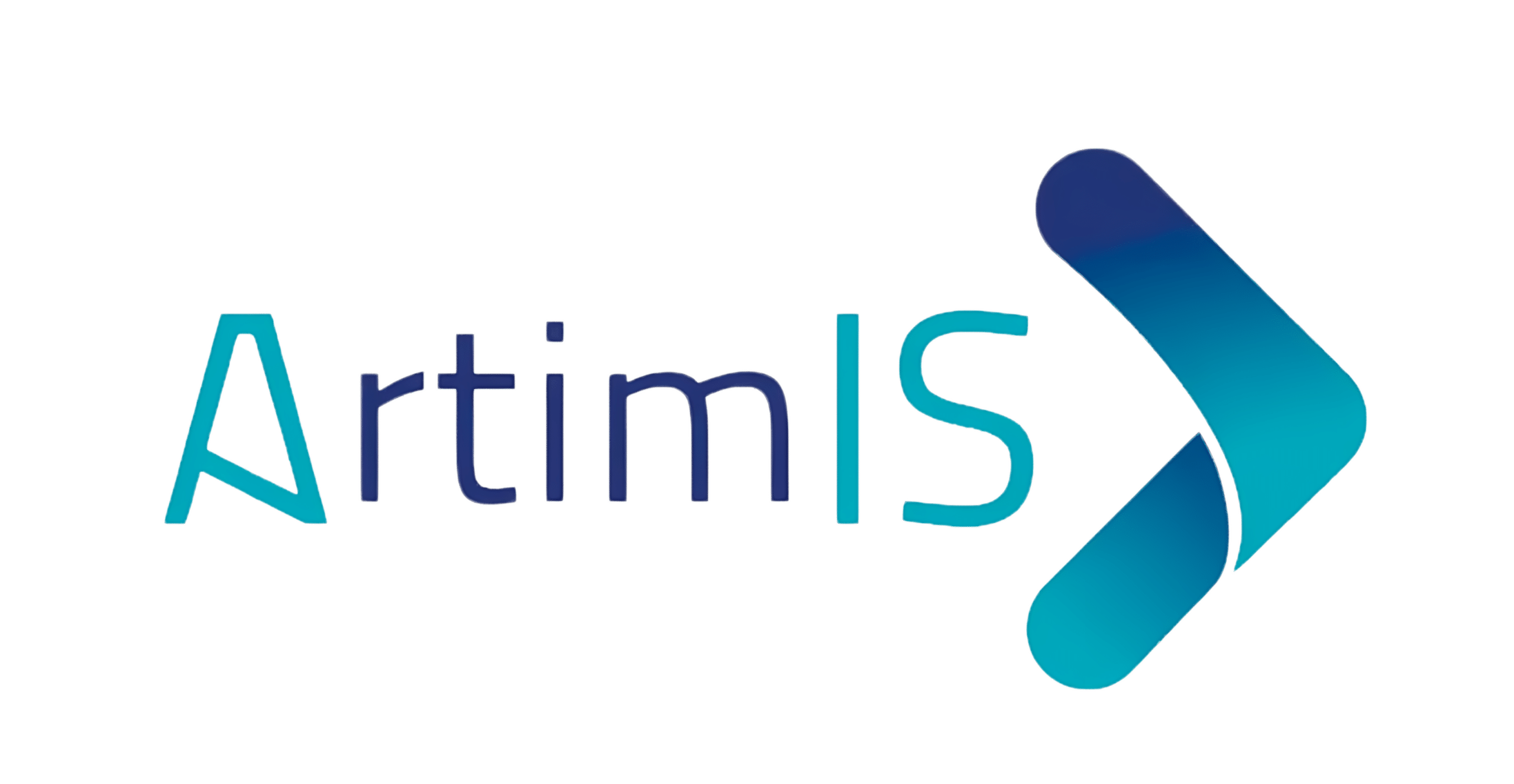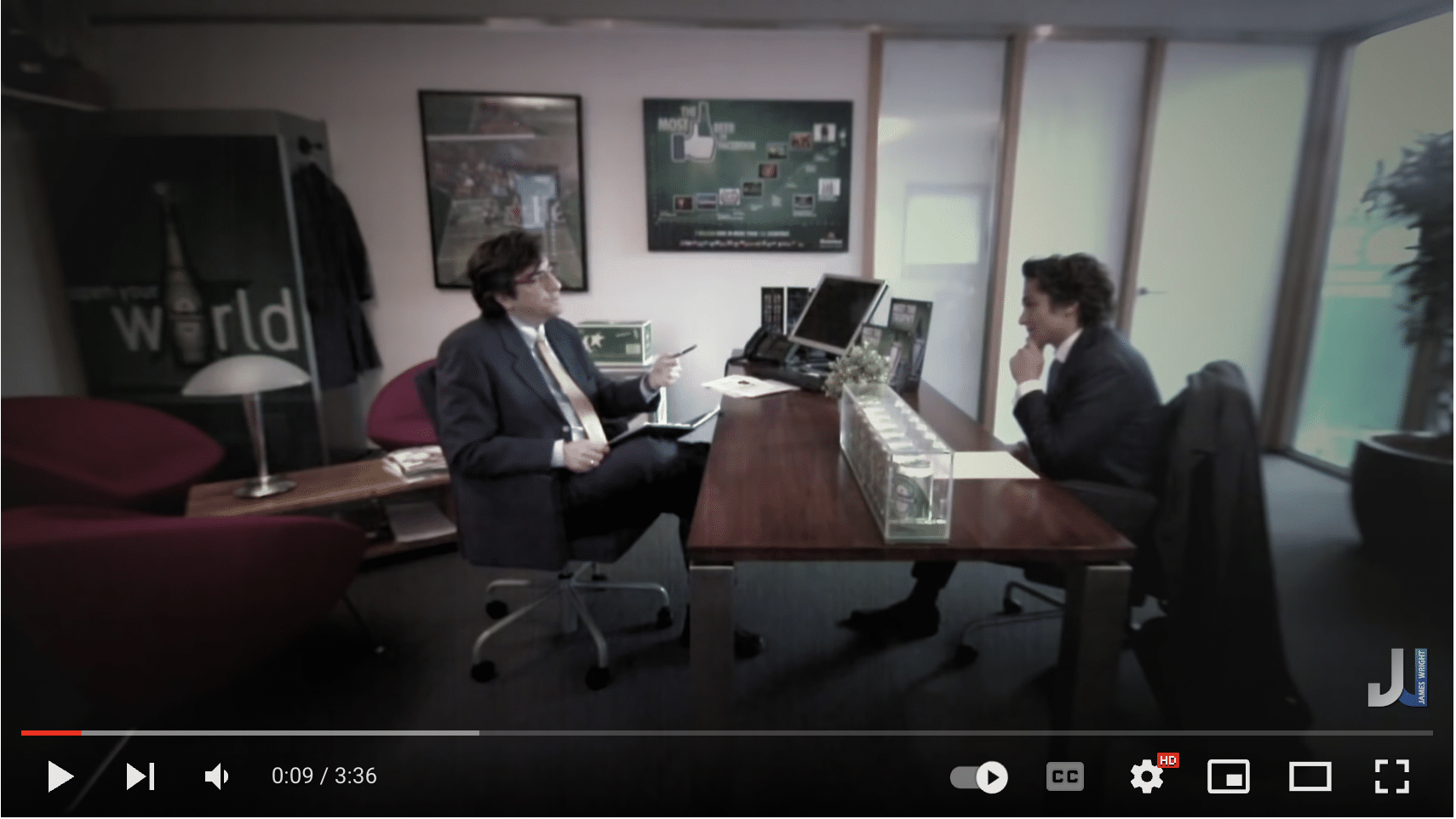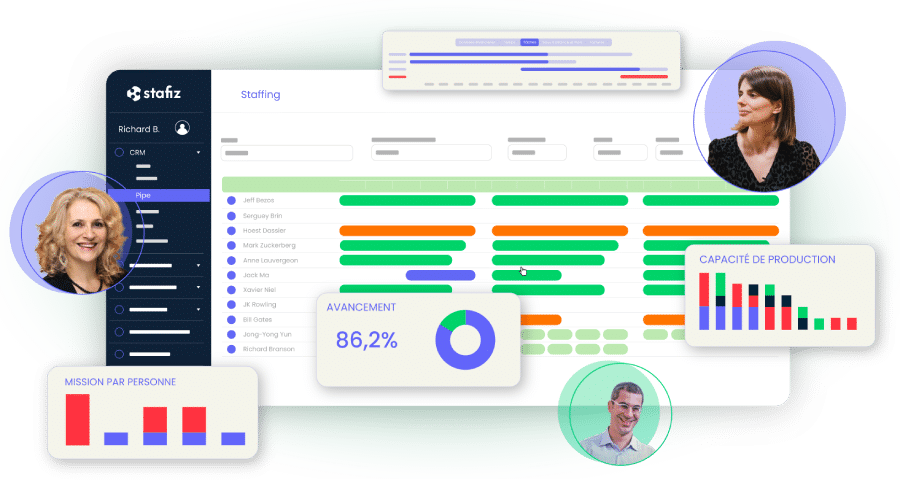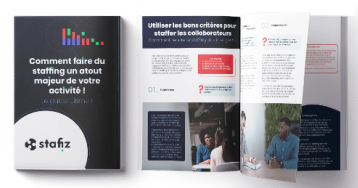9 Recruitment Techniques Applicable to Consulting Firms
Professional service automation
Innovative recruitment techniques for consulting
Consulting and service activities are finding it more difficult to recruit every year. The youngest in particular, attracted by the sirens of entrepreneurship, are abandoning our jobs that were once more popular. Several start-ups have been able to build new ways of working. But above all, to develop effective communication using their generational codes.
Let's take a look at the new recruitment techniques.
Heineken attracted a large number of entries with a humorous video. It features a recruiter who asks offbeat questions and makes real candidates experience strange situations. Only a handful of candidates have had the experience. But the video was widely circulated on social media. The approach highlighted the unconventional and refreshing side of the company. A message that resonated with young graduates.
1. Building confidence: Unilever
Candidates, especially when they leave school, do not have a great deal of experience in the business world and its recruitment processes. Often, they don't know the different stages of recruitment. This can cause them stress, discouraging them from sending in their applications or making them less impactful during interviews.
To support the candidates, Unilever has posted a video online explaining the different steps of the process step by step. That is to say: what would be expected of them and the deadlines. An invitation to ask their questions and applications closes this video.
2. Bootcamp & Hackathon: Coca-Cola
Vlerick Business School, in partnership with Coca-Cola, organized a "bootcamp" dedicated to digital marketing. The students were immersed in the world of digital marketing for three weeks and tried to understand this rapidly expanding field.
This partnership gave Coca-Cola privileged access to the school's students (particularly useful in the consulting professions where a limited number of schools are sought) and allowed students to discover their future work and submit their applications to those who were most enthusiastic about it.
The term Hackathon refers to the idea of putting candidates in competition by having them work on collaborative projects. This allows you to choose the best ones. It is a technique that is widely used in the digital professions.
3. New external recruiters: All companies
Many start-ups are looking to reinvent recruitment via intermediaries, we have selected three as examples:
- Welcome to the Jungle: a platform where companies introduce themselves and boast about their qualities (they usually highlight the good atmosphere)
- The ignition program: a recruiter focused on "high potentials" for start-ups. Some recoverable candidates for your datalabs?
- Software: several solutions have been launched on the market, with the dual objective of facilitating operations for the firm and supporting candidates by creating a relationship close to that of clients. Some names: Jobvite, Recruitee, BambooHR,... and soon Stafiz

Recruitment interview
4. Active canvassing: Google
Google is constantly looking for the best engineers on cutting-edge subjects. They took advantage of their search engine to identify users who were looking for information on advanced coding techniques to contact them and offer them to enter their recruitment process.
Why not contact school students directly via email?
5. Puzzles or gamification: Bletchley Park
During World War II, Alan Turing sought to recruit engineers skilled in decryption to help him crack Enigma, the Germans' cipher machine. To do this, he placed particularly difficult crosswords in the newspaper "The Telegraph". The campaign was a great success (cf. the good movie "The Imitation Game" if you haven't seen it).
The gamification of the recruitment process can be done through games in the ad, but also during the interview in order to shake up the traditional codes and make it all more attractive. Recruiters can use their imagination when it comes to game ideas that will put candidates to the test and compete. The escape game is an effective example, it allows candidates to feel comfortable and to show certain thinking or other skills. But it allows recruiters to present their expectations, and to observe the different behaviors.
Why not present your missions and their challenges directly to candidates in your communications or in a revisited interview?
6. The Offbeat Announcement: Shackleton
To find volunteers for his expedition to Antarctica, Shackleton wrote a humorous ad that mainly emphasized the negative sides of the job. But the fact that he himself does the same job was convincing enough.
And at home, an ad presenting the night-time openings and the demanding customers?
7. Video Interview: All Companies
Started in start-ups, video interviews (Zoom, or other) are now spreading to the largest groups. This saves travel time, adjusts the duration of the interview (you feel less guilty about cutting the interview after 15 minutes if the candidate didn't come) and it makes it possible to find slots more quickly (a consultant on a mission abroad is not obliged to wait until his return to schedule the interview).
8. New channels, like Tinder: Amazon
For recruitment in its AWS entity, Amazon created a buzz by inserting an ad in the Tinder application. Users were therefore able to find themselves "matching" the job offer to a very unexpected place and therefore memorable for them.
Matching algorithms can be useful in recruiting and finding the right talent. It's innovative and trendy today, it's a technique that can be successful with millennials and young graduates.
McDonald's used Snapchat, and Goldman Sachs Spotify. And you, what media would you start on?
9. Artificial Intelligence, of course: Large groups
Finally, artificial intelligence is also reaching the recruitment professions, in multiple forms. Companies are increasingly starting to automatically read CVs, with intelligence that automatically deciphers CVs and cover letters and identifies which candidates to see first. Some examples of technologies: Pivotal Talent, Weavee, Headstart, ...
More information on the Recruitment feature in Stafiz
On the subject of recruitment, re-discover an article on the Reasons to Hire Consultants
Stafiz helps professional services to gain visibility and better manage their resource planning and their project progress thanks to real-time data, the consideration of all costs and financial KPIs. Stafiz is a SaaS for managing the resource planning, project management and Business Intelligence. This way, budgets and margins are always respected and you make better decisions for your business.
To learn more about the Stafiz platform, request a demo.
You might be interested in other articles

Optimizing Customer Relationship Management (CRM) with Stafiz: the case of Artimis
Natalia Duarte...


